"Looking up vocabulary words in a dictionary to get their meaning is considered THE WORST instructional practice for vocabulary instruction," according to the research studies shared by Nell Duke at the Virginia State Reading Conference.
Yet sadly, many teachers continue this practice. After you read this post, please promise me that you will shift to new thinking and banish the practice of looking up words and writing sentences with them in future lessons. Deal? Instead, let me share techniques you can choose as an alternative.
Before I share strategies with you, let me first share WHY vocabulary instruction is critical to reading comprehension. Do you have fluent readers in your room who work through an entire text and when asked about it, they have no understanding of the meaning? We all do, so we know that there is a breakdown somewhere in the reading process. After all, making meaning out of our reading is the point. So, the child may have had breakdown such as the following:
1) He/she focused so deeply on pronouncing the words correctly that he/she failed to stay connected to the text. 2) He/she pronounced the words correctly, but did not know the meaning of enough words to be able to adequately understand. 3) Lacked the schema needed to understand the information shared.We know much of children's vocabulary development happens with indirect exposure through conversation, listening to adults read to them, daily experiences, and from reading on their own. However, explicit vocabulary instruction leads to greater word learning, increased reading comprehension, and increased word usage in conversation and in print. The more often a child sees, hears, and works with the vocabulary words, the better he/she understands the words' meanings.
Make Visual Aids to Demonstrate Meaning
When you share new words with your students, demonstrate the meaning with a piece of clip art or photo that explains the context of the word. This is especially important with words the child will be encountering often and those that we want students to utilize in their speaking and writing. (Tier 2 words). Here's an example of what it would look like:
Then, have your students make their own drawing of the word. If you do these on index cards, you might punch a hole in the corner and put them on a ring for categorizing, vocabulary games, and other usage activities. Remember...repeated exposures to the words are necessary for the words to be fully understood.
Include lots of discussion of examples and non-examples of the word
The more students are able to discuss the words including synonyms and antonyms, usage of the word, and contexts, the better the student will understand it. Group discussion is especially important for struggling readers and ELL students. As you're discussing the words, poll your class to see how well they understand the words. You may have a few student "experts" who are able to convey meaning to students well too, so tapping into their leadership qualities can also improve motivation to learn. You might use a technique called Carousel Brainstorm to allow discussions. All you do is display the word at the top of chart paper and send groups of students around to each chart. They record as much as they know about the word in an allotted amount of time and then either the group moves or the paper moves for the next word. Groups read what previous groups have written and add to it each time. In this demo, you see different colored markers are used.
Make Learning Vocabulary into a Game
Using manipulatives such as a googly eyeball on the end of a popsicle stick, a magnifying glass, or big "detective" sunglasses can create Word Wizards out of all of your students. As you read, challenge your students to locate new words for the group to discuss as a post reading activity. If each child brings a list of new and exciting words, imagine how fun it'd be to categorize and explain them later. Here are two strategies you might try with the word list your kids create:
Feel free to print this as an anchor chart for your group.
In this strategy, the kids list the words, categorize the words, and justify their categories. I love the justify column for deep thinking and the fact that discussion is embedded throughout the process. The example shared was with a nonfiction book about money, but I can see this working well with other nonfiction titles too.
In this strategy, the teacher creates a poster sized thought bubble out of colored chart paper and laminates it. As new words are introduced, the student uses a dry erase marker to explain his/her thinking about the word. These thought bubbles could be used for other comprehension skills too, and they are super easy to make if you have paper, dry erase markers, and laminating film.
Credit: The Comprehension Queens at the VSRA conference 2016
Use Activities that Reach ALL Learning Styles
 When you are teaching vocabulary, be sure to include activities that include all learning styles. Most of us do well with auditory and visual options, but we often lack kinesthetic options. Whole Brain Teaching techniques have been shown to be very effective for long term retention of information. You can also sing, chant, and role play with words too. Even if you can't come up with motions for a word's meaning, just getting your kids up and moving may help those kinesthetic learners better understand the word's meaning. Sarah from There's No Place Like Second Grade shared many great ideas in her presentation, and I loved the looks of Word Jams which is a subscription app from Go Noodle with us at the conference. She mentioned how her students really retain the words they've learned AND the motions.
When you are teaching vocabulary, be sure to include activities that include all learning styles. Most of us do well with auditory and visual options, but we often lack kinesthetic options. Whole Brain Teaching techniques have been shown to be very effective for long term retention of information. You can also sing, chant, and role play with words too. Even if you can't come up with motions for a word's meaning, just getting your kids up and moving may help those kinesthetic learners better understand the word's meaning. Sarah from There's No Place Like Second Grade shared many great ideas in her presentation, and I loved the looks of Word Jams which is a subscription app from Go Noodle with us at the conference. She mentioned how her students really retain the words they've learned AND the motions. Celebrate Words by Making Them Visible in your Classroom
With the increased rigor we see in our standards, motivation and student engagement are more important than ever. If students see that WE value words, then the students will feel they are important too. We need to showcase that learning by keeping attention on our growing word walls by making sure they are used and expanded. By using techniques such as Word of the Day and spotlighting ah-ha moments in discovering a new word in our read alouds, we demonstrate the importance to our students which leads them to be active thinkers as they read and learn versus passive. Ideas you might try include:
Graffiti Walls
Word of the Day Posters
WOW Word Anchor Charts
Said is Dead Alternatives
Be _____ Bulletin Board
Before I sign off, I will share one item you might be interested in if you are looking for vocabulary resources. This reading vocabulary word wall is one I use all year. You can display all the words and mark them as you feature them or add them to the wall as you teach the skill. I kept these posted and referred to them each time we used the skill or as I taught them. It's important that your students understand the meaning of reading words like summarize and infer in order to understand the task they're asked to do on the assessment. You can click the image below to further explore this product if you're interested.
Remember...
We build readers one word at a time. Keeping kids actively engaged with lively discussion, high interest activities, and deep thinking leads them to increased learning. This sure beats looking up words in a dictionary, doesn't it?
See you next month...




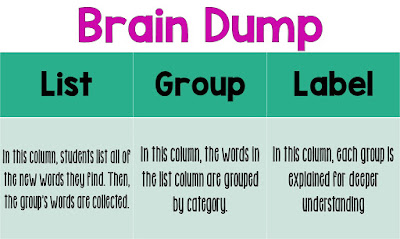

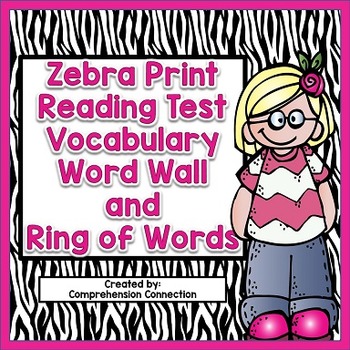


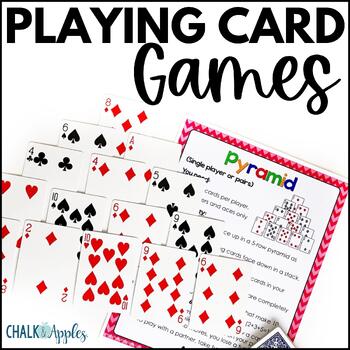
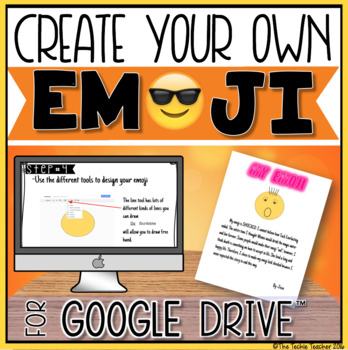
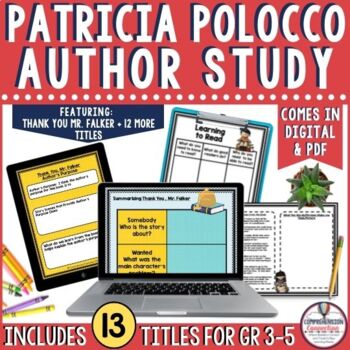

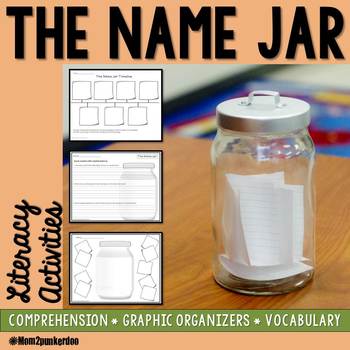

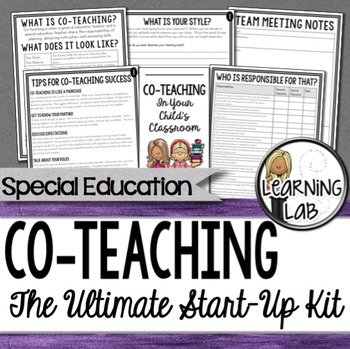
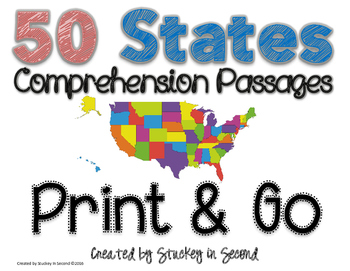
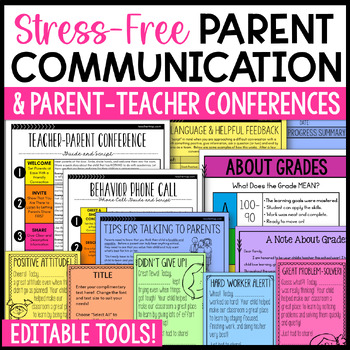
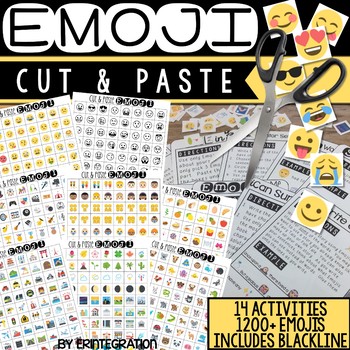
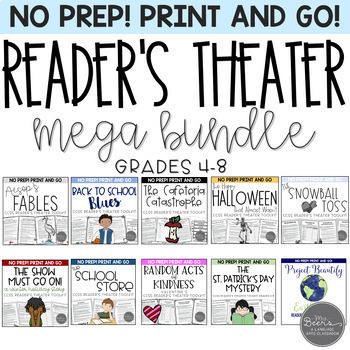
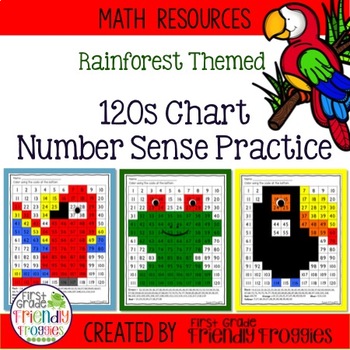

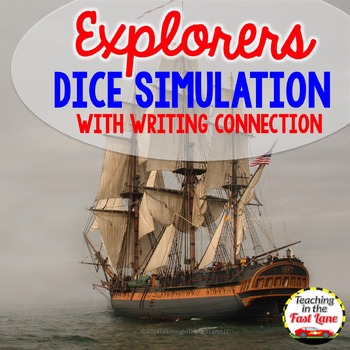





















Great post, Carla! Thanks for sharing. :)
ReplyDeleteThanks Wendy! Glad you liked it!
Delete